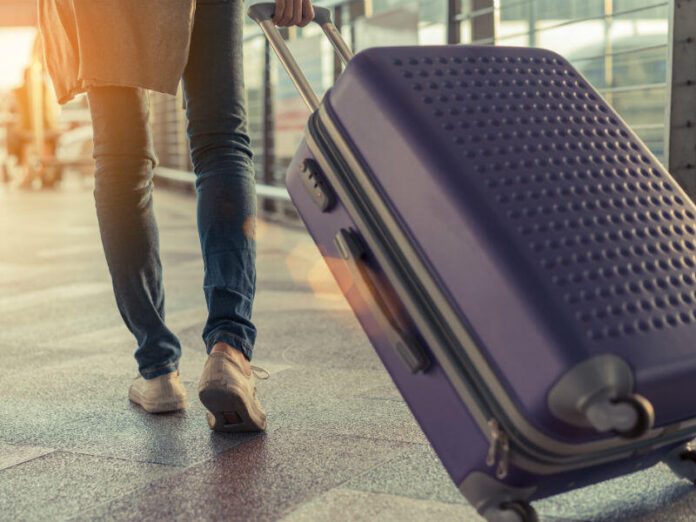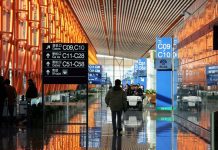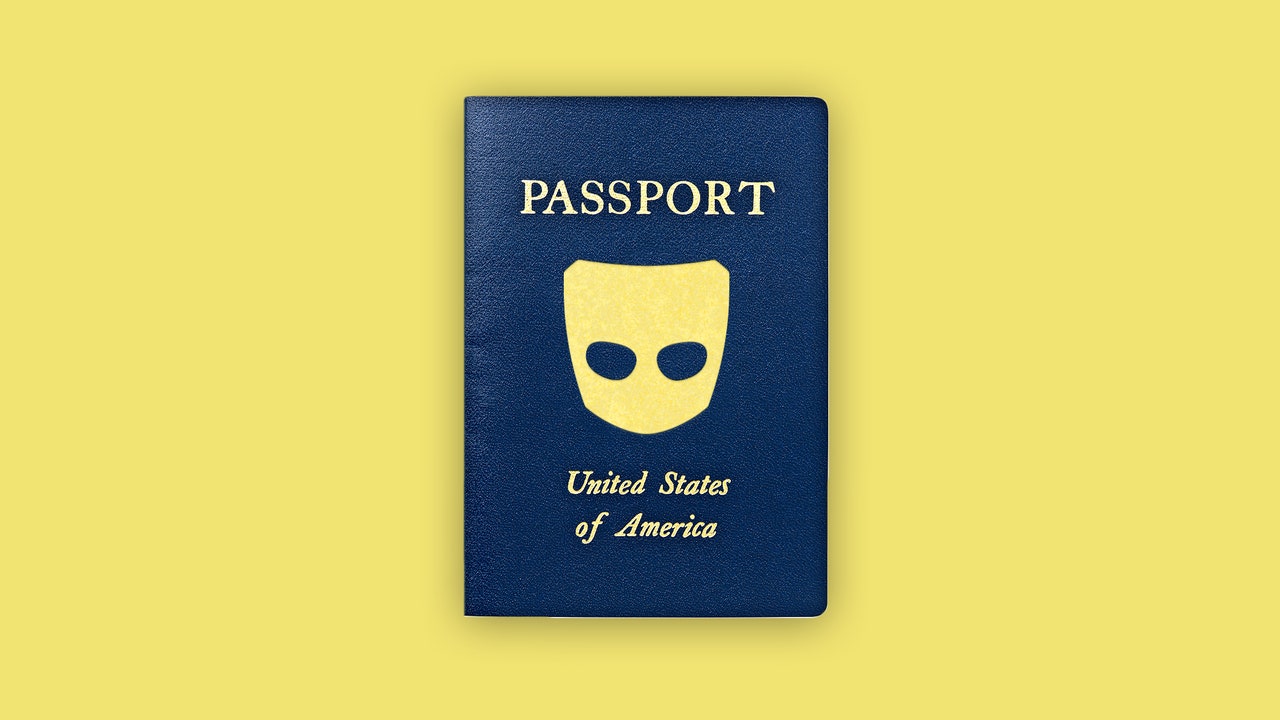As we dust off suitcases and passports and return to travel in a post-pandemic world, it’s worth revising and updating your travel toolkit.
Image: iStockphoto/champlifezy@gmail.com
Pre-pandemic, I was at the top of the road warrior game, spending a couple of hundred nights in hotels and flying the occasionally friendly skies for work. I could rattle off airport codes and debate the finer points of Bonvoy Titanium status versus Hyatt Globalist.
Like it did for many business travelers, that all came to a screeching halt in 2020, and after optimizing my home office and spending more time with family, friends and community, I’m planning to stick with Wednesday-morning breakfast with the kids before school rather than runny hotel eggs served from a Sterno-powered vat.
SEE: Top keyboard shortcuts you need to know (free PDF) (TechRepublic)
Must-read CXO coverage
However, there are inarguably some activities better done in person, and after a long hiatus, I’ve been getting back to domestic and international business travel. Aside from remembering where I put my toiletry kit and hoping my work pants still fit, I’ve adjusted some of the tools and techniques I use for travel in the post-pandemic world.
Country-specific COVID regulation information
Perhaps the most significant change to travel is the patchwork of COVID-related rules, particularly outside the United States. I recently traveled to Saudi Arabia, where several online forms and a COVID pass mobile app were required. Navigating these rules can be complex. In my case, vaccine rules changed days before I left and while I was in the country, but thankfully there are a variety of apps that can help.
My employer uses Drum Cussac, which provides helpful travel summaries for your destination that include everything from security and risk assessments to practical information on what kind of COVID-related documentation is needed for admittance to the country. The global airline lobby organization IATA also provides a free travel map with current country regulations.
The portable super desk
One of the most significant benefits of being off the road was building out my home office setup and trading in bad conference room chairs and ad hoc spaces for dual monitors and dedicated video lighting. Even the best laptop screen feels a bit cramped, particularly after becoming used to having collaboration software always open on one monitor or the joys of working on a video on dual screens.
To create a lightweight, portable version of an effective office-based setup, I found the DUEX Plus external laptop monitor from Mobile Pixels. The 1.3-pound device provides 13 inches of additional screen real estate, albeit at 1080P resolution, which is likely less than your laptop’s main screen but excellent for leaving your collaboration software or email open on the side screen while working on your main display.
A single USB-C cable provides power and video output to the monitor. You can attach the monitor semi-permanently to your laptop with an interesting slide-out feature that closely duplicates a dual-monitor office setup or purchase a kickstand that allows you to position the monitor anywhere on the table.
I’ve traveled with the Duex Plus and the previous generation of the Logitech Pebble mouse to create a sub 2-pound dual-monitor setup that provides most of the pleasures of home without much additional weight.
Clean up your cords
Like many travelers, I have a cord bag I toss in my backpack or briefcase that seemingly had miles of cables for devices I’d long since stopped using. Use a return to travel to streamline your various chargers and adapters. I was delighted to find a lightweight and compact Anker USB-C charger that could replace my clunky MacBook power adapter and USB charger. Combined with a couple of multi-purpose USB cables with USB-C, Micro-USB, and Lightning connectors, my cord bag dropped a pound or two of weight and now looks less like a spaghetti explosion when opened.
Mental and physical health on the road
If you haven’t been on a business trip since the pandemic, be prepared for a shock. On my first trip, I frankly couldn’t believe I’d spent so many years dealing with the vagaries of air travel. In addition to the expected small seats, crowds and delays, you’ll now have the added unpleasantness of changing mandates and service levels and constant admonishments that you will be punished for various forms of noncompliance.
Combine this with the high potential of traveling to meet with distant colleagues or customers, and there will likely be several “less than healthy” meals and nights out during your trip.
Perhaps I’d grown accustomed to the stress of travel, but it’s a bit shocking after taking some time away. I’ve tried to maintain my usual workout routines and have always found that running or walking is a great fitness tool that can be employed regardless of whether hotel gyms are open. I’ve also started using various meditation apps while on the road. I like and use muse, and many of my colleagues enjoy Calm. Simple breathing exercises can also help, but don’t underestimate the stress of travel even if you’re a returning pro. Have a plan and appropriate tools to deal with travel’s mental and physical challenges.
Whether you’re an old pro or took on a job that requires travel, business travel isn’t quite what it used to be, like nearly everything in the post-pandemic world. Travel takes some adjustment, whether masks on airplanes or being spoiled after months in a well-equipped home office. Hopefully, these tips will help you establish your post-pandemic travel routine, and as the old saying goes, the road will rise to meet you whenever your travels take you.













